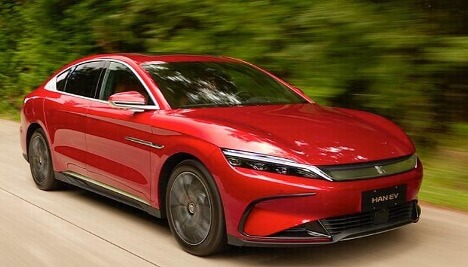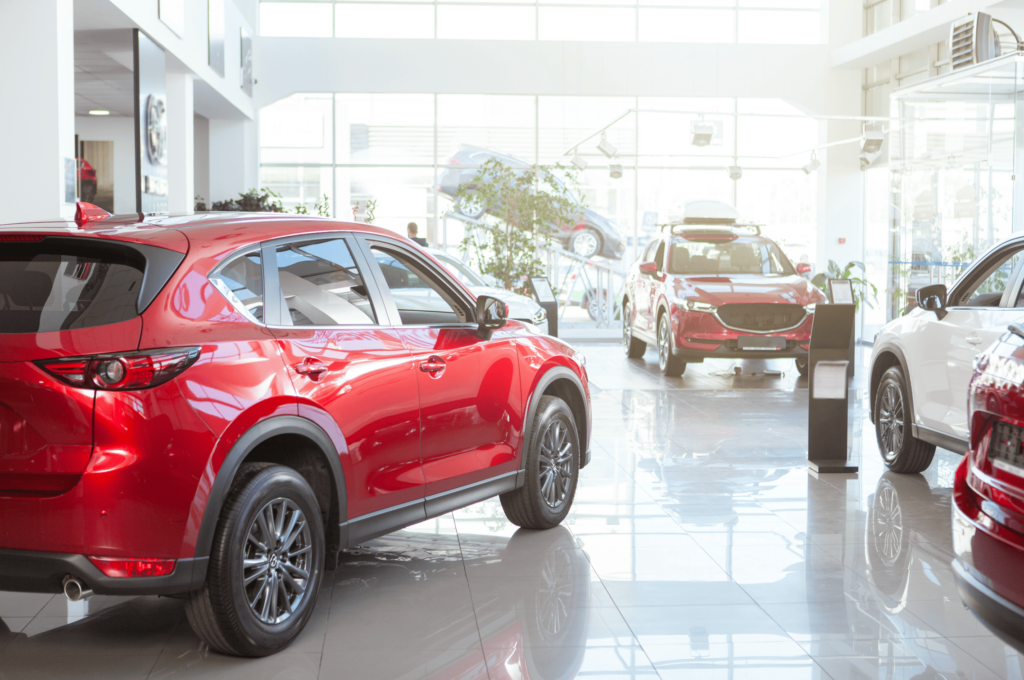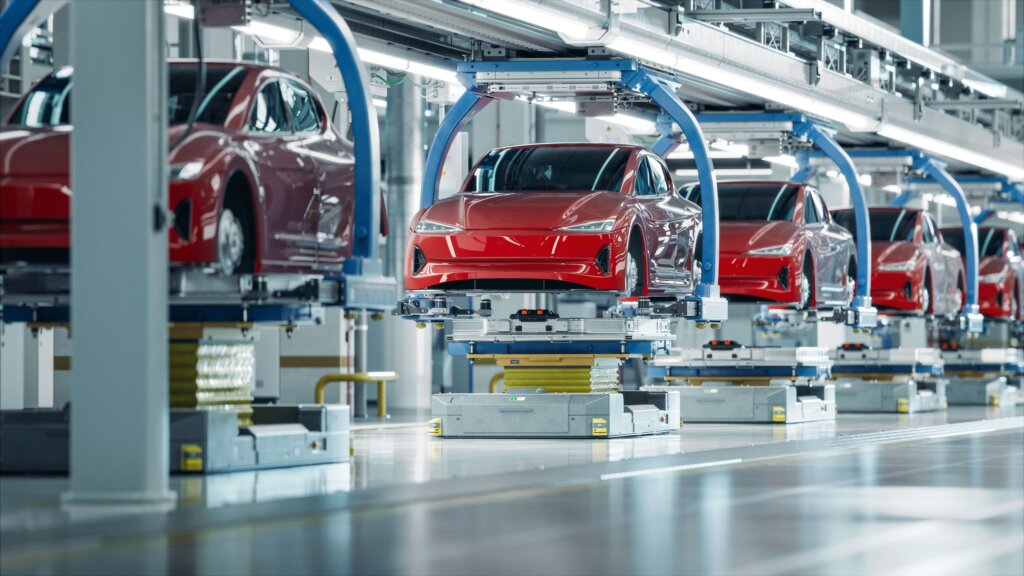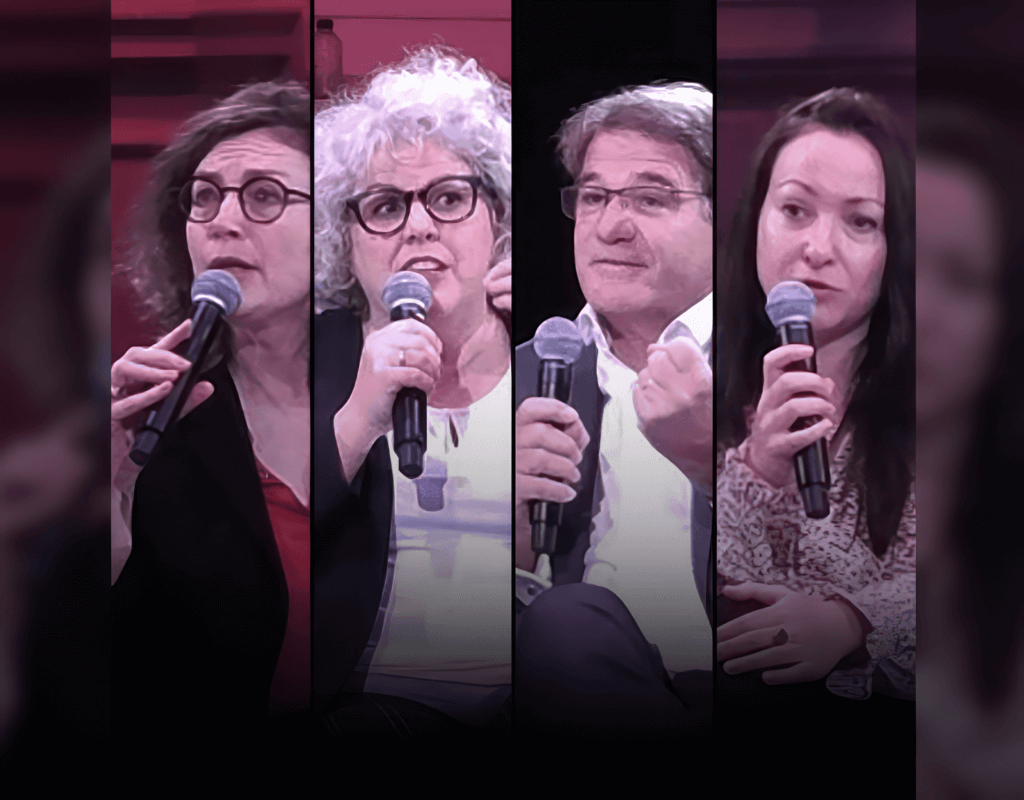Chinese drivers embrace their new energy vehicles
China calls them new energy vehicles, NEVs; everyone else calls them electric vehicles, EVs; but whatever you call them, Chinese drivers has rapidly accepted battery-powered vehicles as the country works to cut its carbon emissions to control climate change. The growth of China’s auto market has slowed, but it is expected to regain momentum by the end of the year.

The growth of China’s auto market has slowed, but it is expected to regain momentum after a host of favorable policies and financial stimulus measures were introduced in late July by the National Development and Reform Commission, China’s top economic regulator.
BYD, or Build Your Dreams, the most successful of China’s 200 automakers, has produced over 1.9 million new-energy vehicles for Chinese drivers and 70,000 electric buses. These electric vehicles are on the road in 70 countries and over 400 cities worldwide.
Collectively, they have prevented the emission of 11 million tonnes of the heat-trapping greenhouse gas carbon dioxide (CO2) compared to petrol or diesel-powered vehicles, the company says.
The government of China aims to reach peak carbon dioxide emissions before 2030 and achieve carbon neutrality before 2060; so green development has become the only path for manufacturing companies, with an emphasis on energy conservation and emissions reductions, according to the August 24, 2023 issue of the “China Daily,” a newspaper published by the Central Propaganda Department of the Chinese Communist Party.
Chinese automakers large and small are getting involved in producing new energy vehicles. For instance, electric trucks are being produced at the industrial base of Chery Automobile in Gui’an, the capital of Guizhou province in southwestern China. The trucks are destined for use in urban and rural areas, mines and ports nationwide.
This year, sales are expected to reach about 15,000 electric trucks, and the company has obtained orders in the southern African and Southeast Asian markets.
“Compared with traditional gasoline-powered trucks, electric ones have lower costs for drivers, not to mention that they are environmentally friendly,” said Zhang Qinguo, deputy general manager of Guizhou Changjiang Automobile, which cooperates with Chery to produce the electric trucks.
ELECTRIC TRUCKS FACILITATE DRIVING OPERATIONS, AS ADVACED TECHNOLOGIES CAN BE INTRODUCED TO PROVIDE FUNCTIONS SUCH AS INTELLIGENT AUTOMATIC EMERGENCY BRAKING AND REMOTE AUTOMATIC INSPECTION.”
– Zhang Qinguo, Deputy General Manager, Guizhou Changjiang Automobile
Electric vehicle sales in China far surpass sales in other markets, according to Nikkei Asia in an April 2023 article. In the United States, 810,000 electric passenger vehicles and light trucks were sold in 2022 at Chinese drivers, amounting to a six percent share of the market Across 18 European countries, 1.53 million EVs were sold, amounting to a 15 percent share.
Japanese EVs sales in the fiscal year that ended March 31, 2023 amounted to 77,238 units, just 2.1 percent of all passenger vehicles sold in the country.
Driving China’s EV sales are discounts being offered by foreign automakers. Tesla, which now holds the second-biggest share in China’s NEV market, marked down the price of its Model 3 sedan and the Model Y sport utility vehicle in January, sparking a price war.
The discounts cut as much as 14 percent off last year’s prices. In some cases, Tesla vehicles could be purchased in China for roughly half their cost in foreign markets.
Ford, Volkswagen, Toyota, and other non-Chinese rivals soon followed suit with discounts of their own.
As an example of how quickly NEVs are being adopted, in Hefei, a city of 4.6 million which is the capital of East China’s Anhui province, the government aims to cultivate an industry cluster of new energy vehicles with annual revenue of over one trillion yuan (US$139 billion) by 2027.
The NEV industry in Hefei has attracted nearly 100 enterprises engaged in the industry chain to settle in the city, local authorities say.
In the first half of 2023, the added value of automobiles and parts grew over 130 percent year-on-year in Hefei. Some 370,000 NEVs were produced in the first seven months of the year, an increase of nearly 400 percent over the same period last year.
Now, Hefei is speeding up the layout of infrastructure, policies, regulations, and technical standards systems to encourage the adoption of intelligent connected vehicles for all Chinese drivers.
The city also plans to build an NEV charging and replacement system in advance to fully cover rural administrative villages, urban residential communities, and urban tourist attractions.
China Has What It Needs to Move the Market
Gone are the days when few Chinese residents had vehicles. The growth of China’s auto market has slowed, but it is expected to regain momentum after a host of favorable policies and financial stimulus measures were introduced in late July by the National Development and Reform Commission, China’s top economic regulator.
The Commission increased the quota of license plates in big cities, facilitated secondhand vehicle transactions, and is improving the availability of auto loans for Chinese drivers.
Additionally, the government is expanding the country’s charging infrastructure.
And China has what it needs for production. Data from Benchmark Mineral Intelligence, a London-based research firm for the lithium-ion battery industry, shows that in 2019 Chinese chemical companies accounted for 80 percent of the world’s total output of raw materials for advanced batteries.
“Of the 136 lithium-ion battery plants in the pipeline to 2029, 101 are based in China,” the firm said in May 2020.
“China controls the processing of pretty much all the critical minerals, whether it’s rare earth, lithium, cobalt or graphite,” Pini Althaus, the chief executive of USA Rare Earth, told reporters at Voice of America.
A little-known Chinese company that was founded in 2011 is now the world’s biggest maker of electric vehicle batteries. China’s Contemporary Amperex Technology Co. Ltd., which makes batteries for Tesla, is number one in the electric vehicle battery production field globally, with a 27.9 percent market share.
CATL Chairman Zeng Yuqun announced in 2020 that the company has developed a power pack that lasts more than a million miles. Among their top customers are Tesla, Daimler, BMW and Toyota.
Financial Incentives Encourage NEV Buyers
In Haikou, capital of China’s Hainan island province, Chinese drivers who purchase a new energy vehicle before September 30, 2023 are eligible for a coupon of up to 6,000 yuan (US$834), valid at local shopping plazas and supermarkets until the end of the year.
The government in Changsha, capital of Central China’s Hunan province, says that those who complete purchases in the city before September 30 also will receive an e-coupon of up to 6,000 yuan per vehicle.
In Central China’s Henan province, car buyers in 2023 are entitled to receive a subsidy of five percent of the price of their new energy vehicles.
Chen Shihua, deputy secretary-general of the China Association of Automobile Manufacturers (CAAM), says the incentives will help unleash the growth potential of the vehicle market in China, the largest in the world since 2009.
Chen expects total deliveries to grow this year compared with 2022. Statistics from the CAAM show that 15.62 million vehicles were sold in the first seven months of 2023, up 7.9 percent from the same period last year.
Autonomous Intelligent Connected Vehicles Are Popular
The Chinese autonomous vehicles market is projected to reach US$98.89 billion by 2030, according to a new report by ResearchAndMarkets.com, which predicts, “From automated cargo trucks to driverless taxis, autonomous vehicles will change the nature of on-road driving and, in the process, revolutionize the mobility and automotive industries.”
The city of Shenzhen in Guangdong province introduced China’s first regulations on intelligent connected vehicles last December. Expected to advance the use of autonomous vehicles, the new regulations took effect from August 1, 2023, setting rules and management procedures governing market access, registration, accident disposal and legal liability as they relate to self-driving vehicles.
Intelligent connected vehicles (ICVs) are vehicles that can run safely on the road with conditional, highly or fully autonomous driving systems, also known as Levels 3, 4, or 5. They are now allowed on Shenzhen roads, but only after owners obtain a registration certificate, license plates and a driving license.
Shenzhen has opened 145 kilometers (90 miles) of roads for autonomous driving tests and issued 93 licenses, including 23 for driverless tests with passengers, a small number that is sure to grow.
In Level 2 equipped vehicles, while the driver has to keep his or her hands on the wheel, the car navigates, centers, accelerates, and brakes on select highways. With Level 2, the human driver is still in full control, with hands on the wheel, and drives most of the time.
China’s accelerating move towards self-driving technology is driven by its favorable policies, finds ResearchAndMarkets. To advance its ambition of achieving large-scale, self-driving technology, Beijing follows an active approach to boost autonomous driving in China, permitting extensive autonomous vehicle testing on highways and adopting the goal of integrating partial self-driving technology in half of all new automobile sales by 2025.
That goal has already been reached. The latest Canalys research shows that in the first quarter of 2023, electric passenger vehicles equipped with standard Level 2 assisted driving systems, including imports, hit a wholesale volume of 826,000 units in mainland China, capturing 62.2 percent of the market share.
Toute l’actualité de Movin’On
dans votre boîte mail
Auteur
Partager
Tweets de @movinonconnect
Movin'On 2035 TODAY EP02 - Circular Economy & Competitivity
Movin’On 2035 TODAY EP01 – Fair Mobility for All https://x.com/i/broadcasts/1yNxagBrWZbGj
✨ THAT'S A WRAP!
Movin'On Summit 2024 has just concluded in Brussels!
More than 350 leaders and experts in sustainable mobility gathered to exchange ideas, collaborate, and share their vision for desirable and decarbonised mobility in Europe. Together, we explored ways to build…
🔴 Live from #MovinOnSummit2024
@AshaSumputh has just invited Denis Machuel, CEO at @AdeccoGroup and Florent Menegaux, President of the @Michelin Group & President of Movin'On
L’actualité de la mobilité durable
Découvrez les dernières tendances, des analyses thématiques et nos prochains rendez-vous






